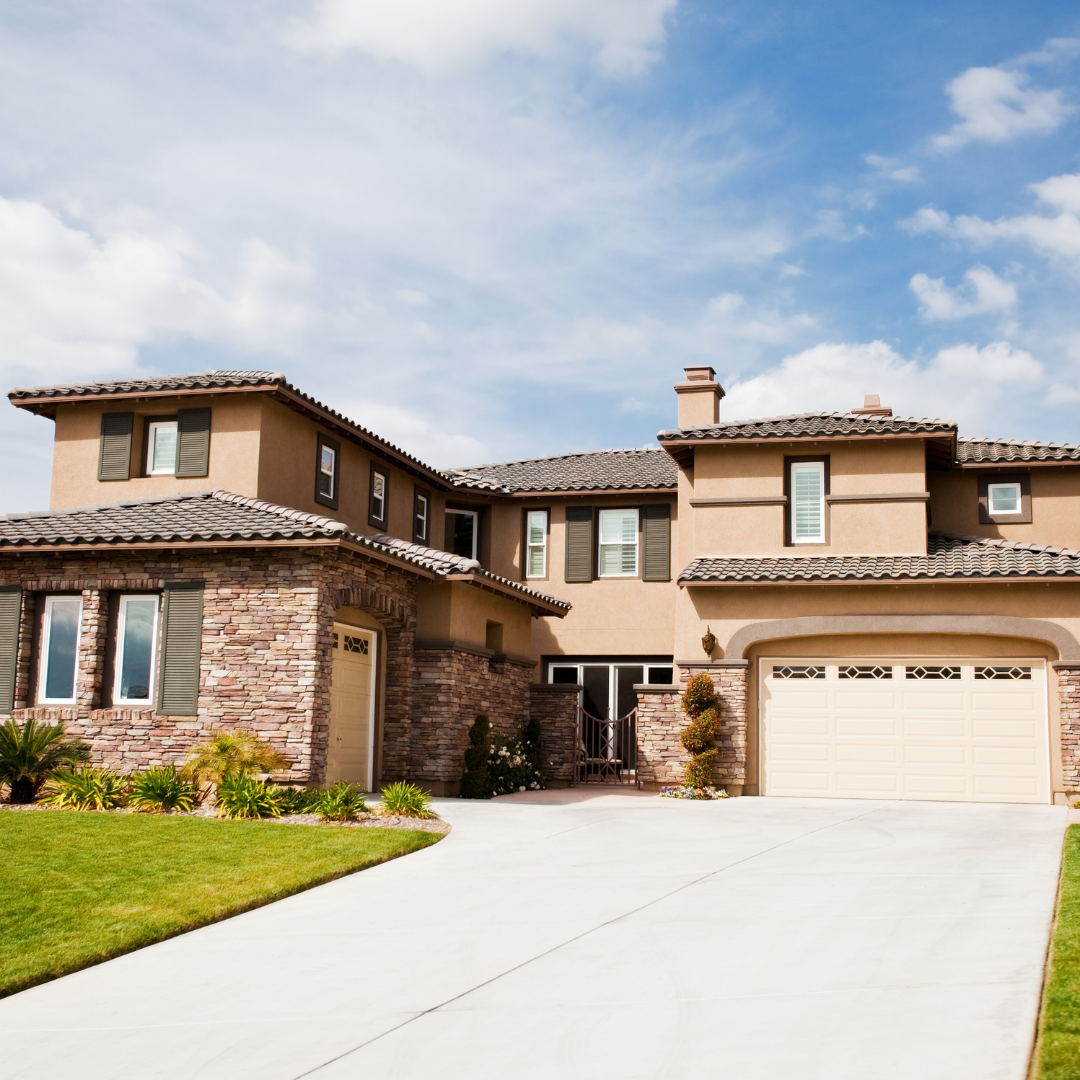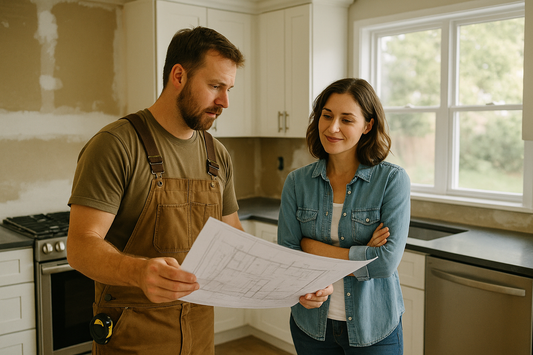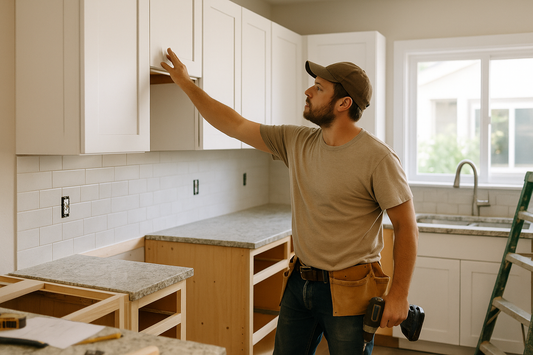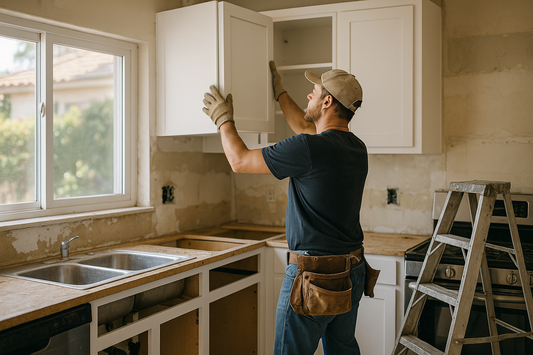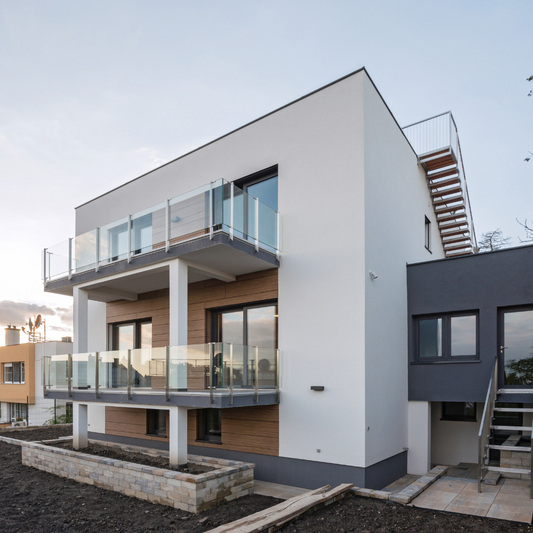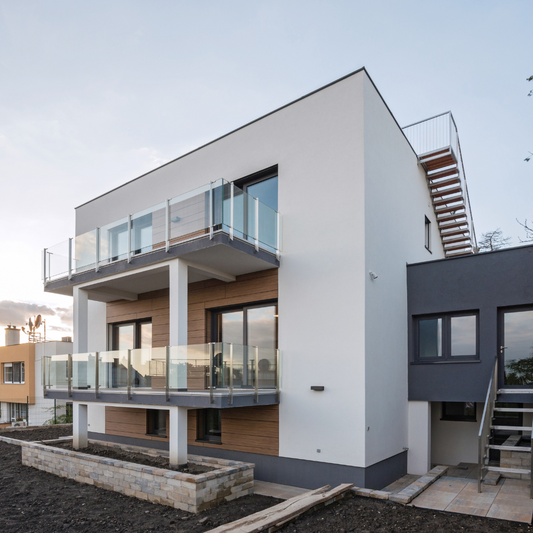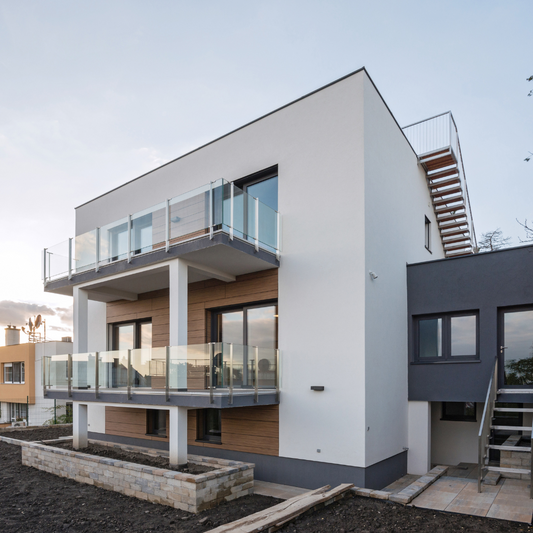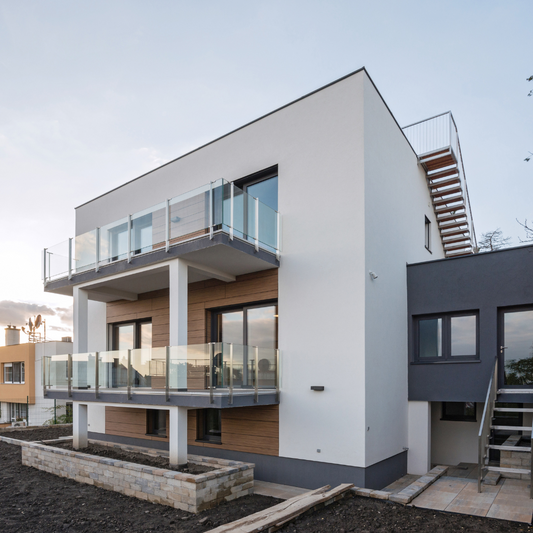What is an ADU? Everything You Need to Know About Accessory Dwelling Units
1. Introduction to ADUs
An Accessory Dwelling Unit, commonly referred to as an ADU, is a smaller, independent residential space located on the same lot as a primary home. These units, sometimes called granny flats, in-law suites, or backyard cottages, are growing in popularity across Southern California. ADUs offer homeowners the chance to maximize their property space, provide additional income, or house extended family members while ensuring privacy and independence.
2. Why Are ADUs Gaining Popularity?
The increasing demand for affordable housing, coupled with a focus on sustainable living, has made ADUs a practical solution for many. Homeowners in Southern California are particularly drawn to ADUs as they address housing shortages, utilize underused property spaces, and can be a source of passive income through rentals.
3. Types of ADUs
3.1 Detached ADUs
Detached ADUs are stand-alone structures completely separate from the primary residence. They are ideal for creating a private space away from the main home, making them popular choices for guest houses or rental properties.
3.2 Attached ADUs
Attached ADUs are extensions of the main dwelling, typically sharing at least one wall with the primary home. These are a great option for homeowners wishing to maintain proximity while creating a distinct living space.
3.3 Converted Space ADUs
This type involves transforming existing spaces such as garages, basements, or attics into fully equipped living areas. It allows for cost-effective construction since the primary foundation is already in place.
4. Key Benefits of ADUs
- Generates rental income
- Provides housing solutions for family members
- Increases property value
- Promotes sustainable and efficient use of space
5. Southern California’s ADU Regulations
In Southern California, ADUs are subject to specific regulations regarding size, height, parking, and setbacks. Local city and county ordinances often govern the total square footage allowed and the design requirements to ensure the ADU complements the primary residence.
6. Common Uses for ADUs
- Rental property to generate passive income
- Guesthouse for visiting relatives or friends
- Housing for aging parents or adult children
- Home office, studio, or workshop
7. The ADU Building Process
Building an ADU involves several stages, from conceptualizing and designing the unit to navigating permits and construction. Once you have a plan ready, a reputable contractor like Capy Construction LLC steps in to handle the construction process seamlessly.
8. Challenges of Building an ADU
Building an ADU can involve challenges such as zoning restrictions, obtaining permits, and adhering to design constraints. However, professional contractors simplify the process by managing the construction aspects and ensuring compliance with local codes.
9. Costs Associated with ADUs
The costs of constructing an ADU in Southern California depend on the type, size, and materials used. Detached ADUs often cost more due to the need for separate utilities and foundations, while converted space ADUs tend to be more budget-friendly.
10. How to Choose a Reliable ADU Contractor
- Look for experience in ADU construction
- Read reviews and client testimonials
- Ensure they are well-versed in local regulations
- Request a detailed project timeline and budget estimate
At Capy Construction LLC, we are committed to providing top-notch ADU building services tailored to your needs. Contact us at (714) 695-2553 or visit our website at www.capyconstruction.com.
11. ADUs and Property Value
ADUs can significantly enhance your property’s market value. They make homes more attractive to potential buyers, particularly those seeking additional living spaces or rental income opportunities, offering a strong return on investment.
12. Frequently Asked Questions About ADUs
1. What is an ADU?
An ADU, or Accessory Dwelling Unit, is an independent living space built on the same property as a primary residence. It can be detached, attached, or a converted space.
2. Can any homeowner build an ADU?
Most homeowners can build an ADU as long as they comply with their local zoning regulations and obtain the proper permits.
3. What is the typical size of an ADU?
ADUs can range from 400 to 1,200 square feet, but the exact size depends on local zoning laws and property size.
4. How long does it take to build an ADU?
The construction timeline typically ranges from 6 to 12 months, depending on the complexity of the project and permitting processes.
5. Do ADUs require separate utilities?
While some ADUs share utilities with the main residence, others may require separate connections depending on their design and usage.
6. Can Capy Construction LLC help with my ADU project?
Absolutely! We handle the entire ADU construction process once your plans are ready. Call us at (714) 695-2553 or visit www.capyconstruction.com to learn more.
13. Final Thoughts on ADUs
ADUs are a versatile and valuable addition to any property. Whether you're interested in creating a rental unit, housing loved ones, or simply maximizing your property’s potential, ADUs offer countless benefits. With the expertise of Capy Construction LLC, you can transform your vision into reality with ease. Ready to start your ADU journey? Contact us today at (714) 695-2553 or visit our website at www.capyconstruction.com.

